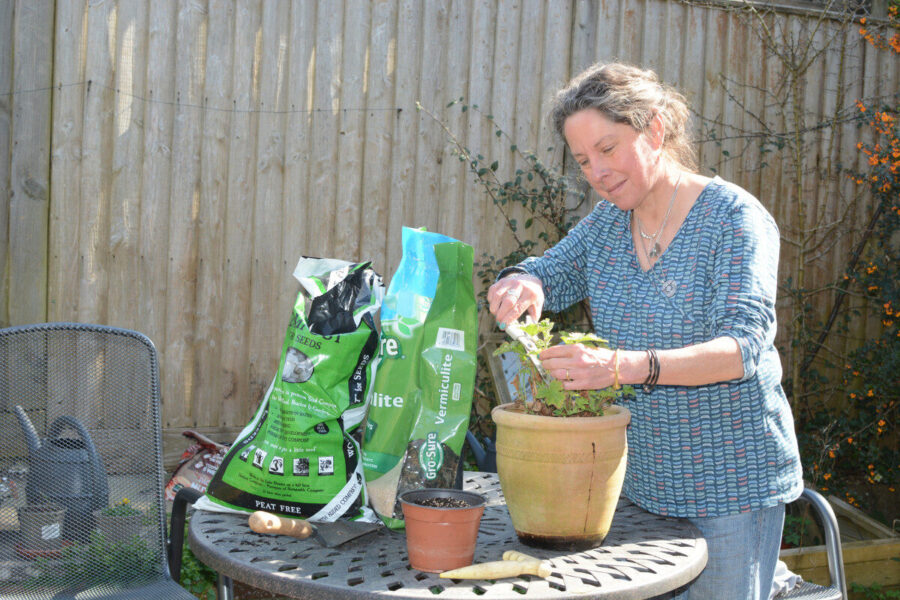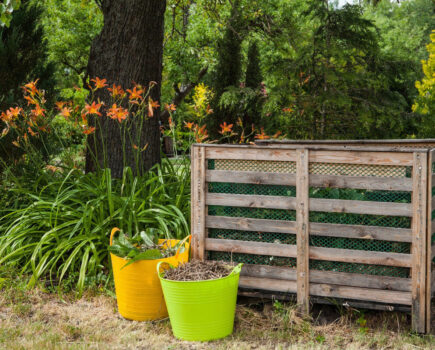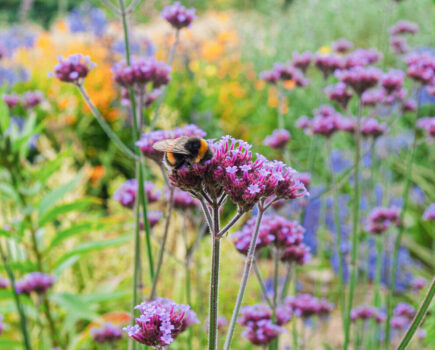Keeping plants neat offers the chance of propagation
I think that May is my favourite month; the sap is rising and everything is growing like the clappers, to coin a phrase, and is looking lush and verdant and fresh because the heat of summer hasn’t yet dulled its shine.
Herbaceous perennials in particular are shooting away, so much so in fact that they sometimes need to be kept in check to stop them outgrowing their spot or becoming weak and lanky.
One way of doing so is the ‘Chelsea chop’, which I talk about in the panel below. Another way is to cut back or pinch out the growing shoots. This is always worth doing because plants usually respond by throwing out a couple of shoots at the top of the pinched-out stem.
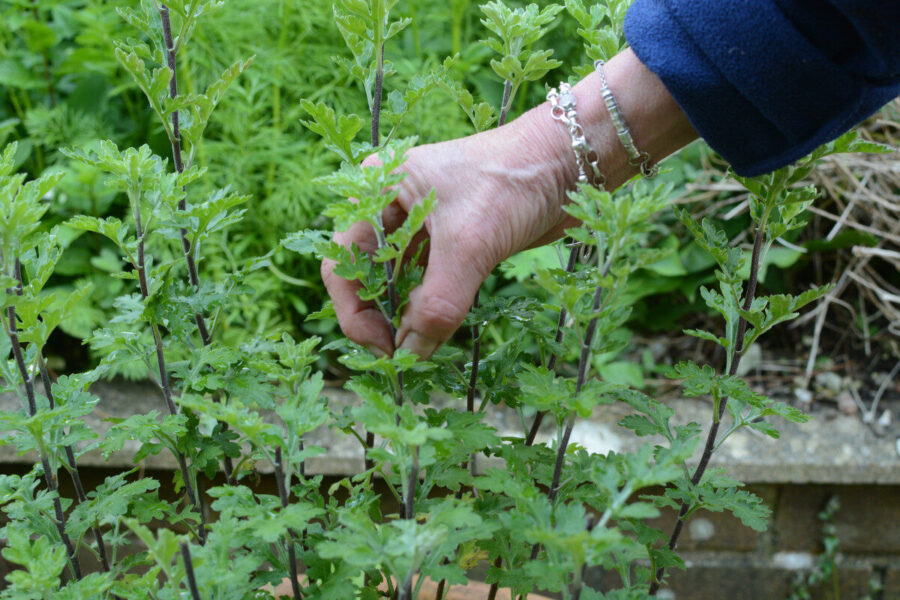
I have been going round the garden pinching out and cutting back and instead of composting the removed stems, I’ve used some of them as softwood cuttings and now have several bright north-facing windowsills full of them.
In the panel on the right I show you how to use the pinched-out tips of a hardy chrysanthemum as softwood cuttings.
I like to take cuttings in the morning when it’s still cool and the plants are full of moisture from the previous night. Ideally, pot up the cuttings as soon as you can so they don’t lose water and start to deteriorate. If you need to store them for a short while before planting, pop them in a plastic bag with a few drops of water and place them in the fridge to stay fresh.
Potting up pinchings
Make new plants with the stem tips
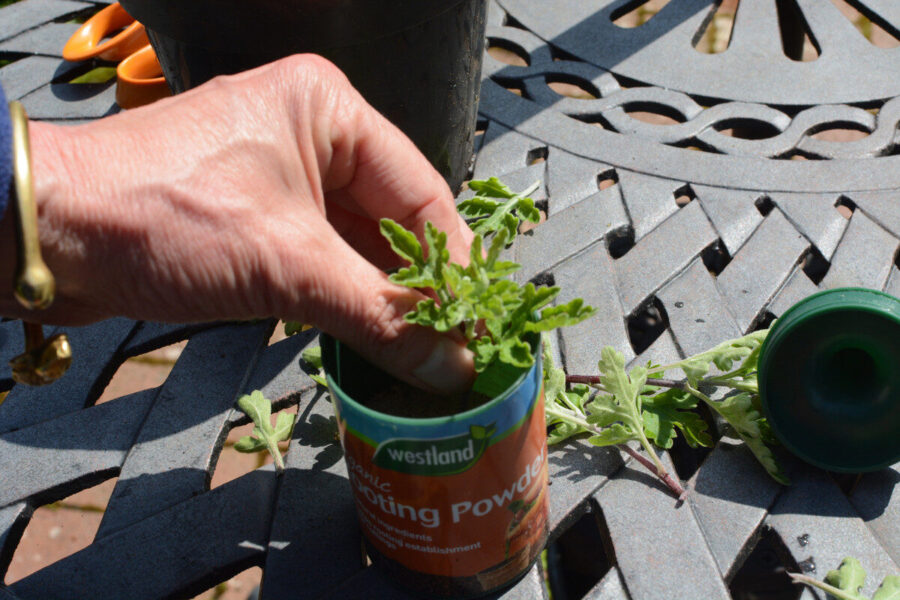
1. When you’ve taken your cutting, remove the lower leaves and dip the cut end in rooting compound to promote healthy root growth.
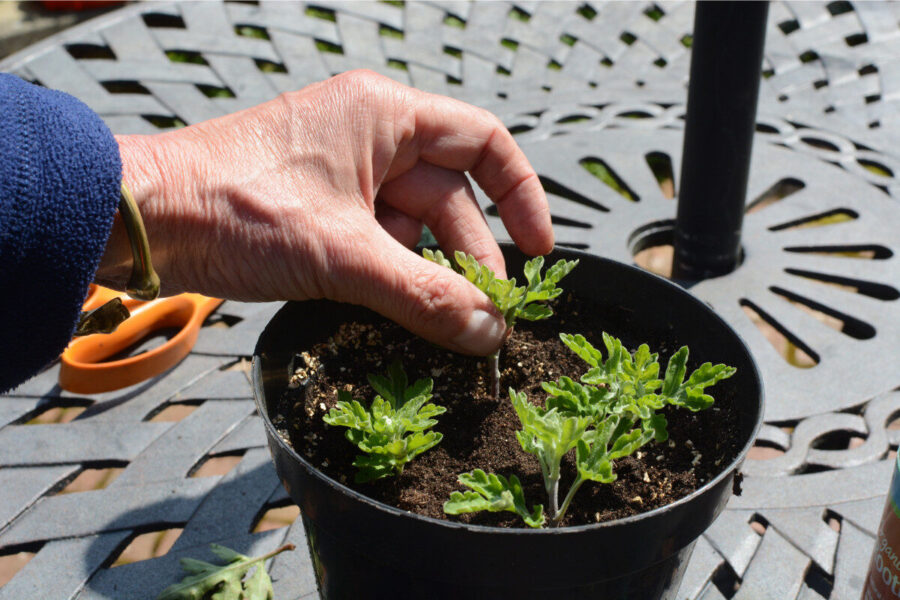
2. Then insert your cuttings around the edge of a 10cm (4in) pot of seed compost mixed with grit or vermiculite. Seal the pot in a bag and place it somewhere light but out of direct sunlight. Remove the bag when the cuttings start to grow.
The Chelsea chop will perk up perennials
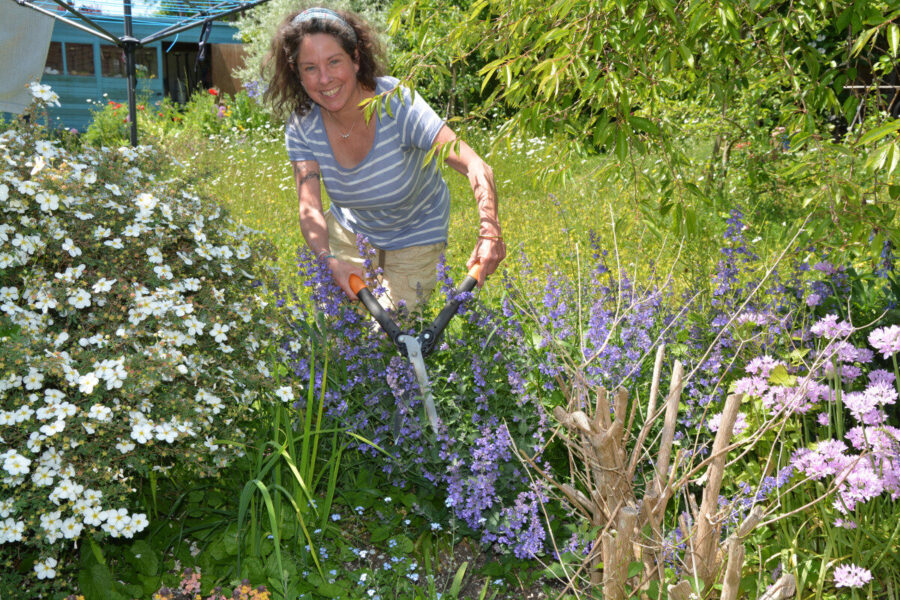
The Chelsea chop – so called because you do it around the same time as the RHS Chelsea flower show – is an easy way of extending and improving the flowering season of certain perennials.
It is very simple; all you do is cut back the flowering stems by around a third and this will delay flowering by 4-6 weeks
You have a choice, you can either cut back all the stems, or only a proportion of them. This results in some flowering at their natural time, while others will bloom later in the summer.
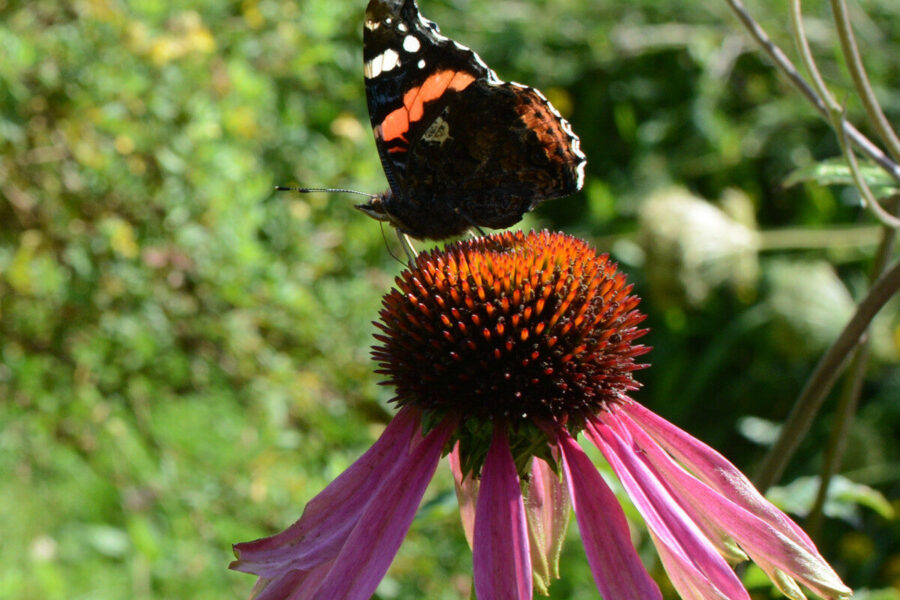
Top varieties to experiment with the Chelsea chop include asters, achillea, echinacea, phlox and sedums.
I also chop back our catmint several times during the summer, which stops the stems flopping outwards and keeps the shrub compact and neat.
As ever when cutting back plants, always use sharp clean secateurs or shears so the stems are cleanly cut without bruising and you don’t spread pests and disease via dirty blades. I generally feed the plants afterwards too, with a general purpose fertiliser.
Find more tips, advice and articles like this at the Amateur Gardening website. Subscribe to Amateur Gardening magazine now

